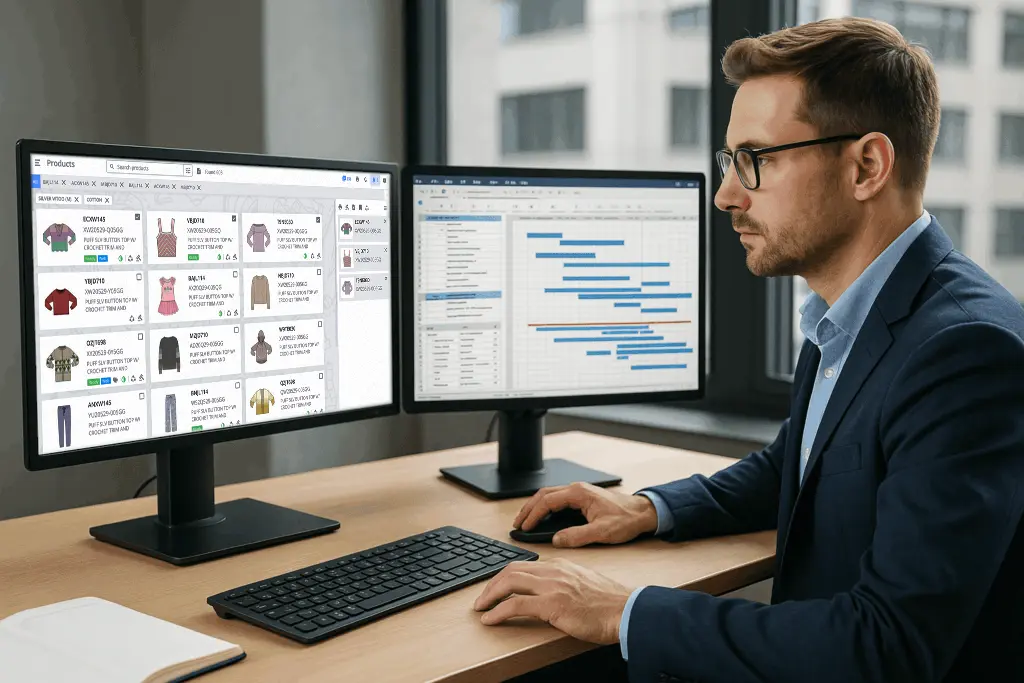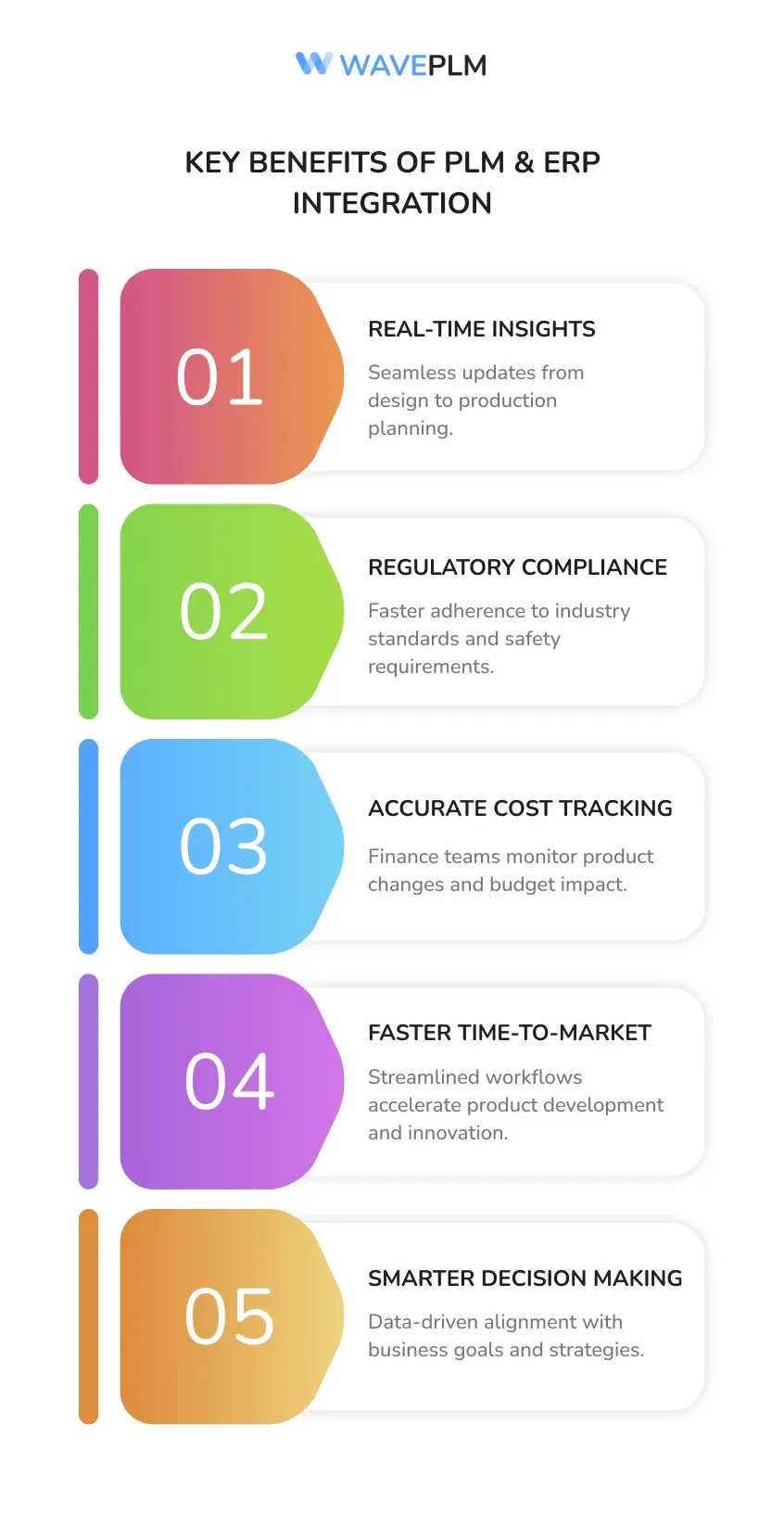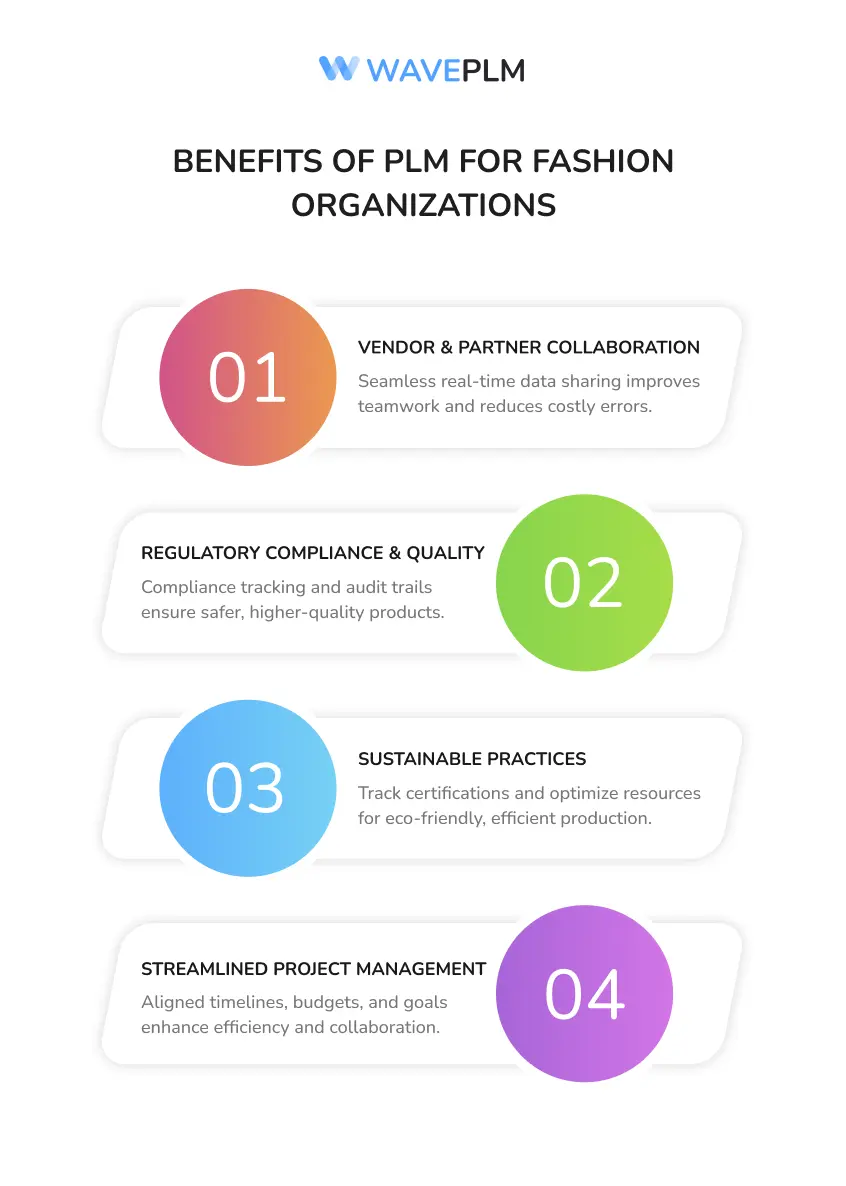
Fashion companies today face intense competition, strict regulatory requirements, and growing consumer demand for sustainable products. To meet these challenges, organizations must rely on integrated systems that combine creativity, compliance, and operational efficiency. Product lifecycle management (PLM), when embedded within SAP ERP systems, becomes a powerful engine for smarter fashion operations. It enables design, sourcing, manufacturing, and business operations to flow seamlessly inside one system.
In this extended guide, we take a deep look at SAP Product Lifecycle Management (SAP PLM), explain the role of PLM systems in fashion, and explore how integration with ERP systems improves data management, product quality, and business processes.
What is SAP PLM?
SAP Product Lifecycle Management is a specialized module inside the SAP ERP system. It provides end-to-end control over the entire product lifecycle, from the initial concept through detailed design, production, and even end of life management. Unlike standalone PLM solutions, which focus only on product design or creative workflows, SAP PLM links product-related processes with financial, logistical, and manufacturing data.
Fashion companies benefit from one system where all stakeholders—designers, sourcing managers, engineers, project management teams, and finance leaders—share the same critical data. This integration eliminates duplication, improves accuracy, and ensures that business functions remain aligned.
Key Features of SAP Product Lifecycle Management
|
Feature |
|
|---|---|
|
Centralized product data |
Ensures consistent version control and accurate design data |
|
BOM management |
Builds precise product structures that lower cost and reduce errors |
|
Compliance tracking |
Aligns with industry standards and regulatory requirements |
|
Collaboration tools |
Enhance collaboration across external partners and internal teams |
|
Change management |
Tracks product revisions and ensures smooth downstream processes |
|
Portfolio management |
Links product requirements to strategic goals |
Why Integrate PLM with SAP ERP?
Managing PLM and ERP separately leads to silos. Designers manage styles in one software, while production and finance depend on another. This disconnect causes duplication, delays, and costly mistakes. Integrating PLM in SAP creates real time data sharing and smooth streamlining processes across the entire organization.
Benefits of PLM ERP Integration
- Real time insights: Updates from product design sync instantly with downstream processes like sourcing and production planning.
- Regulatory compliance: Companies meet complex regulatory requirements faster and ensure product quality meets industry standards.
- Accurate cost tracking: Finance teams track how each product idea or design change impacts budgets.
- Reduced time to market: By connecting creative workflows with operations, brands shorten product development processes and improve innovation.
- Better decision making: Product data management tools allow leadership to align products with strategic goals.

How PLM Works with SAP ERP
The relationship between apparel PLM software and SAP apparel ERP is complementary. Each system manages a set of processes, and integration ensures information flows without barriers.
PLM Systems Manage:
- Product idea, initial concept, and detailed design
- Bills of Materials (BOMs) and product structures
- Change management, sampling, and fit approvals
- Version control and design data accuracy
- Product requirements and product performance monitoring
SAP ERP Manages:
- Finance, accounting, and business operations
- Inventory, service, and production planning
- Logistics, downstream processes, and vendor payments
- Portfolio management and quality management
- Engineering, resource utilization, and project management with SAP PS
Example scenario: A designer updates fabric specifications inside PLM. This new data automatically flows into the SAP ERP system, where sourcing adjusts purchase orders, production planning recalculates timelines, and finance updates cost forecasts. This process ensures consistent product data across all business functions.
Benefits for Fashion Organizations
1. Vendor and External Partner Collaboration
Collaboration with external partners is vital in global fashion supply chains. Without integration, vendors often struggle with outdated or incomplete product data. By linking product lifecycle management PLM with SAP, organizations ensure sharing information with vendors happens in real time. This improves collaboration and reduces costly sampling errors.
2. Regulatory Compliance and Product Quality
Fashion markets require strict adherence to regulatory requirements and industry standards. SAP PLM provides compliance tracking, quality management, and clear audit trails. Product quality improves as product related processes link directly to compliance checkpoints, lowering risk during certifications.
3. Sustainable Products and Business Operations
Sustainability is no longer optional. Brands must prove that their product development processes align with environmental goals. With SAP product lifecycle management, organizations track material certifications, supplier data, and sustainability metrics. This ensures more sustainable products while optimizing resource utilization.
4. Streamlined Project Management
SAP PLM and SAP PS together provide tools for project management, ensuring that timelines, costs, and product requirements remain aligned. This visibility improves efficiency, enhances collaboration, and helps companies achieve their strategic goals.

PLM in SAP vs. Standalone PLM Solutions
Many fashion companies ask: Should we rely only on SAP PLM, use standalone PLM, or combine the two?
|
Option |
Advantages |
Limitations |
|
SAP PLM |
Operates in one system, supports management SAP processes, strong compliance features |
Less intuitive for design teams |
|
Standalone PLM |
Designed for creative workflows, improves collaboration and flexibility |
Requires integration for ERP-level control |
|
Integrated PLM + SAP |
Best of both worlds: creative agility plus operational oversight |
Needs integration setup and change management |
Wave PLM provides the flexibility of creative-focused tools while ensuring smooth integration with SAP apparel ERP. It offers tools for designers and project management teams to enhance collaboration while SAP maintains full control over finance and production planning.
Fashion ERP Solutions and Future Trends
The future of fashion ERP solutions is heading toward tighter integration, real time insights, and smarter product lifecycle management. Companies need plm solutions that connect product data with business processes and support innovation.
Emerging trends include:
- End of life management tools to track when products leave the market.
- Improving collaboration across global supply chains through cloud-based PLM systems.
- Innovation in design supported by advanced engineering and version control.
- Stronger focus on product performance data to drive decision making.
By implementing product lifecycle management PLM with SAP, companies gain:
- Centralized platform for design data, product structures, and compliance tracking
- Faster product development cycles and improved market responsiveness
- Enhanced business operations with integrated financial and production planning
- Alignment of product requirements with sustainability and strategic goals
Conclusion
The fashion industry operates in a demanding environment where creativity, compliance, and cost control must work in harmony. Integrating PLM in SAP allows organizations to manage the entire lifecycle of products while keeping pace with fast-changing markets.
Wave PLM strengthens this ecosystem by offering creative-focused plm solutions that integrate with SAP Product Lifecycle Management. This approach ensures better product data management, enhanced collaboration, and streamlined business processes from the initial concept to final delivery.
Quick Takeaways
- SAP PLM controls the entire product lifecycle, from concept to end of life management.
- PLM ERP integration supports regulatory compliance, product quality, and accurate cost tracking.
- Product lifecycle management PLM ensures consistency of design data and smooth change management.
- Apparel PLM software like Wave PLM integrates with SAP ERP systems for complete visibility.
- The future of fashion ERP solutions lies in innovation, collaboration, and integrated product related processes.
- Organizations that adopt SAP product lifecycle management gain a competitive edge in decision making, market responsiveness, and sustainable product development.





Leave a Reply